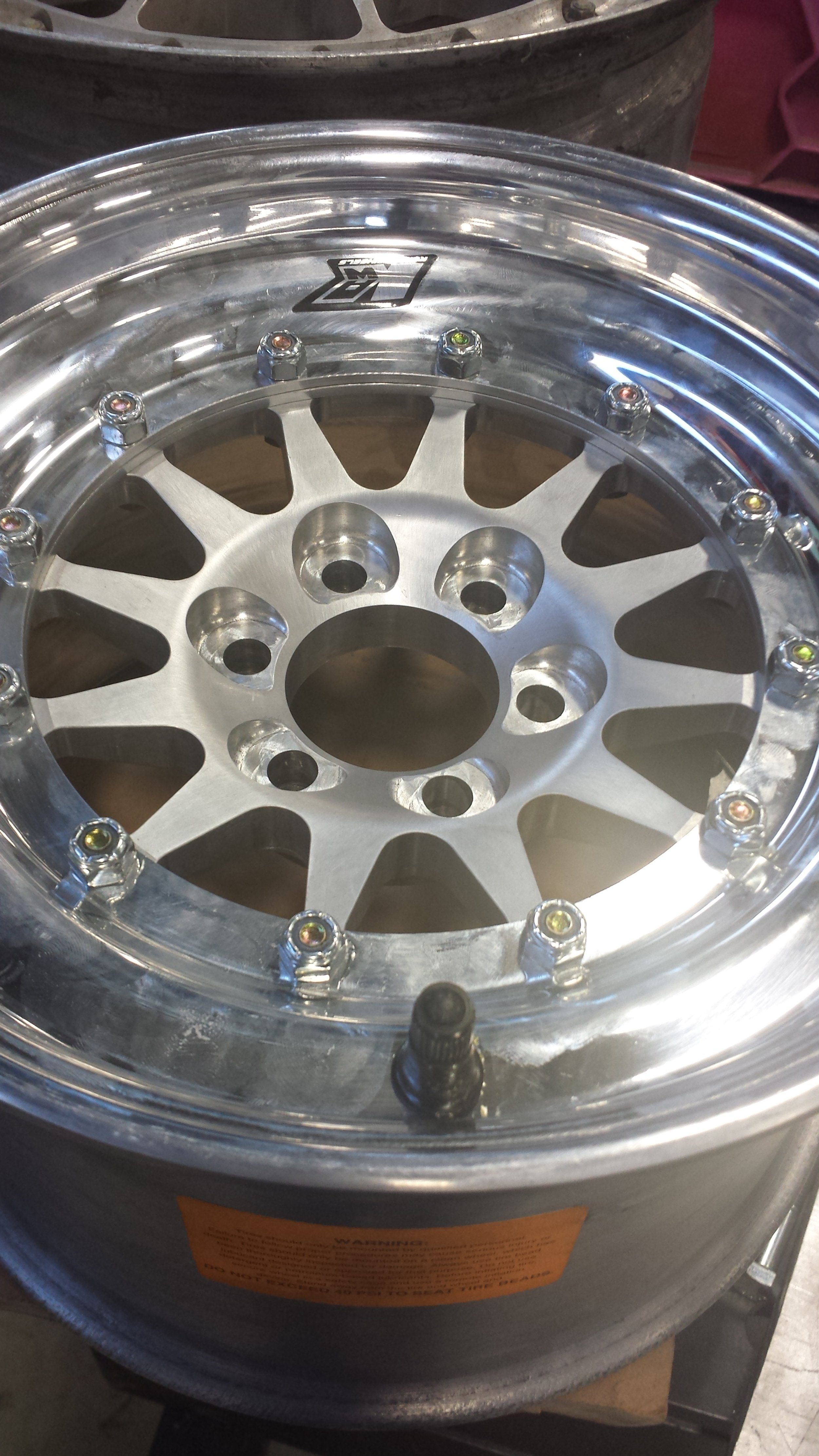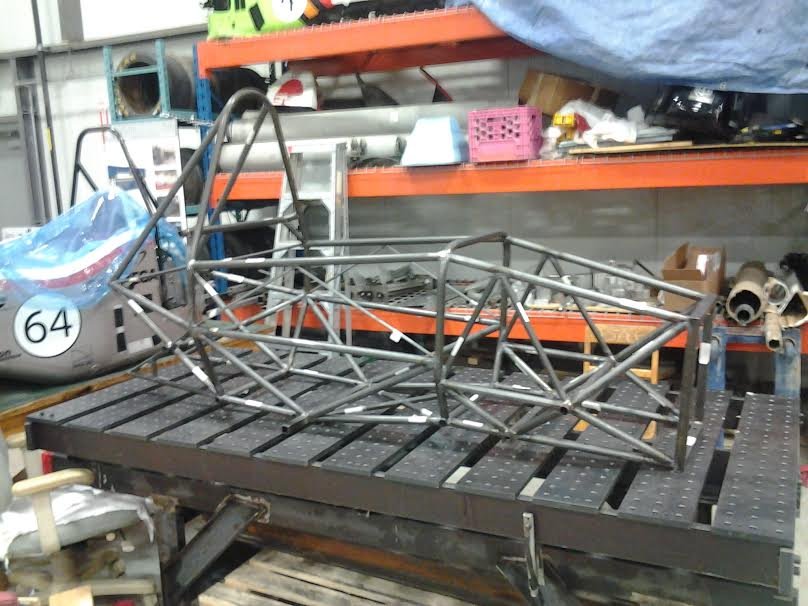FSAE - Formule Polytechnique Montreal
I was part of a student project aimed at developing a racecar for a student competition while I was in college. Initially focused on development of chassis components, became system then team leader. Under my leadership, team broke a streak of DNF to place 14th/80 teams at the FSAE Lincoln competition in 2013 and put in place architecture used for following 7 years.
Altered team culture to be more results oriented
Reviewed competition points structure and developed vehicle level simulation tools to tailor vehicle design to competition
Put in place clear timelines and deliverables to ensure enough time for testing
Changed architecture to better match available resources to performance targets
Promoted use of drivers with previous karting / motorsport experience to maximize car potential (instead of assigning drivers based on effort building the car)
Instilled engineering discipline in CAD / Engineering practices
Required all car content be modelled and have drawings available
Put in place mass / CG BOM to ensure tracking over design life
Put in place testing logbooks to better document lessons learned
Designed and fabricated large portion of content on car
Electrical system
Suspension
Power train ancillaries
Variety of test benches & fabrication fixtures
Oversaw architecture / compromises with Chassis and Driver controls designers.

2010-2012 Cars: technically a superior architecture to subsequent cars whose design I led. Team struggled to execute due to its complexity (CFRP tub, temperamental Italian V-twin and lack of team focus on what the competition required: simple car with reliable electrical and powertrain delivered early with a lot of test miles under its belt.)

2013 car: I was team manager that year, placed 14th/80 at Lincoln. First tube frame car after 8 years of CFRP monocoque. Learned a lot building this car and ended up being a reasonable attempt for a team with limited architecture and design experience.

2014-2015 car: redesigned with lessons learned from 2013 car. I stepped away from overall project leadership to focus on technical delivery. This architecture is still used by team today. Missed 2014 comp as overall project leadership was lacking.

2014-2015 Custom wheel centers: I designed these to allow the use of the 3 stud hub as well as substantial weight savings

2013 hubs: great integration on paper. In reality, tricky parts to have machined by sponsors & motorcycle inspired brake mounting was not particularly robust in its inital state

2014-2015 hubs: ditched the integrated tripods due to manufacturing woes the previous year. Improved brake mounting using buttons to accommodate radial expansion. Ditched a wheel stud based on hand calculations

2014 diff mounts: Experimented with weldments that year with mixed results. extremely labor (and tooling) intensive to get parts to work. Great learning experience. Mass savings you'd expect from a closed section never materialized as we were conservative on material thickness due to manufacturing concerns. I designed the components, machined the fixtures and final assembly.

2014 rear outboard assembly: with hindsight, we lacked the attention to detail on the weldment manufacturing the undercut between the bearings didn't end up being machined and made for a heavy assembly. That being said, one set of parts worked for over 4 years with no issues and reduced our dependency on outside sponsor. Ultimately upright was replaced by machined unit as it required too much manufacturing knowledge for the team to get it made reliably

2014-2015 frame: didn't directly design this piece but collaborated closely with designer to ensure integration of all the required sub systems

2014 uprights: Intricate weldments which were a challenge to make and machine. Aim was to bring some of the manufacturing inhouse to avoid delays from machining sponsors as we had no CNC capability in house. With hindsight, thinner gage material with stabilizing ribs inside weldment would have made for a better part